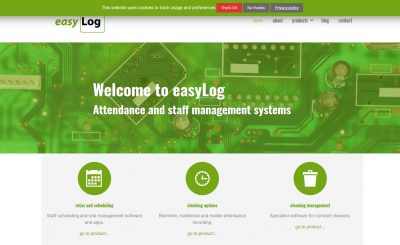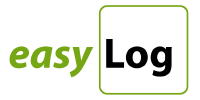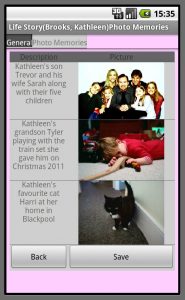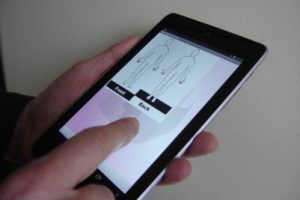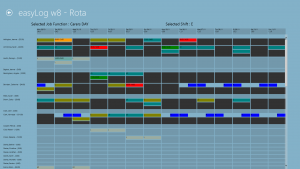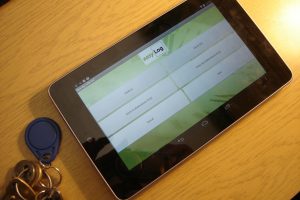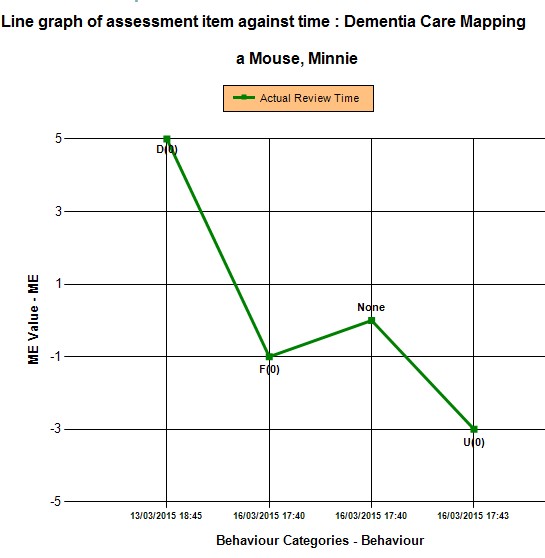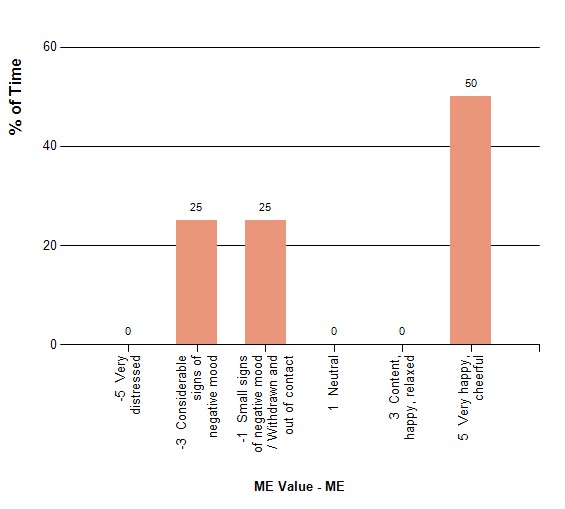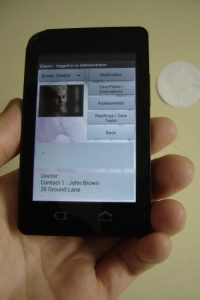As a company that supplies software solutions for the care home sector, we know how difficult selecting and implementing a computerised care record management system can be. So we have put together this seven-point plan to help care home owners and managers avoid the most common pitfalls.
1. Understand your goals
There are a lot of care record products out there – some relate to a specific need, while others offer a complete back-office solution. So decide at the start which areas of your business require greater controls and efficiencies and whether these are likely to be achieved through computerisation. You will then be able to present any potential supplier with a clear picture of what you want.
2. Involve staff in the decision
It’s always a good idea to get staff on board during the selection process. Some may feel apprehensive about the introduction of a computerised care record system, but involving the care team from the outset can help staff overcome their fears and understand the benefits. They will be able to see that the system will help them in their work and reduce the time they spend on paperwork so they can devote more time to caring.
3. Remember that implementing a system takes time
Don’t assume that you and your staff will magically find the time to implement the new computerised record system alongside your existing day-to-day work commitments. Work out who will supervise the project and give them the time to do it. You’ll also need to calculate how much time will be needed to input data to get the new system operational and assign someone to this process.
4. Draw up a project plan
It may seem obvious but planning ahead can avoid many false starts and wrong turns. Implementing a computerised care record system involves care and back-office staff with differing degrees of IT familiarity. They operate in a 24/7 environment, often punctuated with unpredictable care episodes and service-user demands. Look at the diversity of staff and care documents involved and work out how the implementation can be fitted around the care home’s routine.
5. Review your current documentation
Most care homes want to retain their current documentation, which has typically gone through many changes over time – resulting in overlapping records, duplications and lack of clarity. Computerising these documents provides the ideal opportunity to review their content and relevance – and whether the systems you are considering will accommodate your old documentation and provide an improved alternative.
6. How easily can staff access the system?
Care is rarely provided in front of a computer screen, so consider how far staff will need to walk whenever they want to review and update resident records. Investing in several PCs, a network infrastructure and extra desk space may be beyond your organisation’s means, but there are cost-effective alternatives, such as wall-mounted touch screens and wireless tablet computers.
7. Start small and build momentum
We recommend starting the changeover with the shift or daily notes recording function. This may be broken down further by residents who have a high volume recording overhead or are based in a particular area of the care home. These documents are usually simple to implement and produce very quick results, so carers see how the system can help them in their daily work. With a first success quickly under its belt, the project can move forward positively.
If you would like more advice on implementing a computerised care record system, please contact one of our team.
